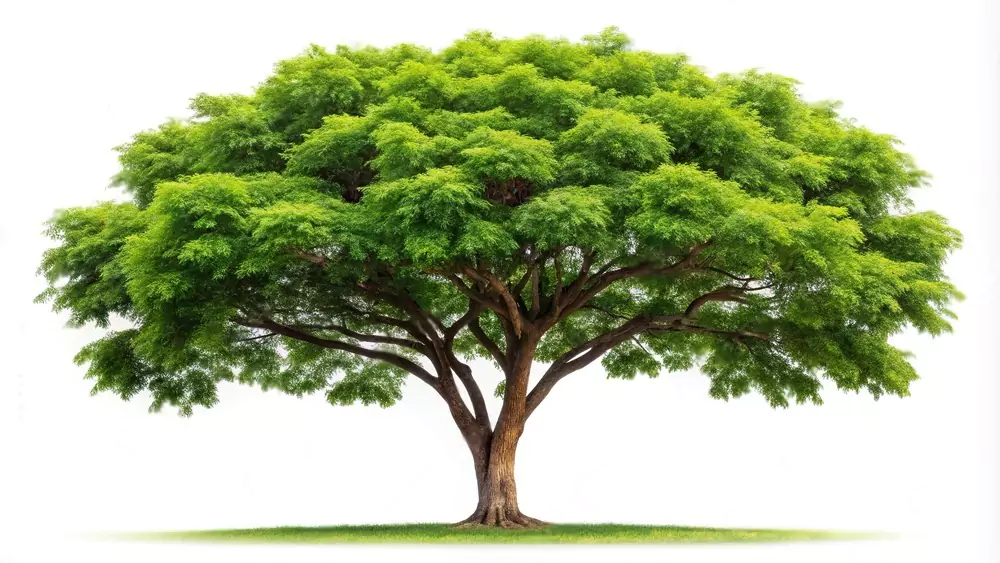Tamarind Tree
The tamarind tree (Tamarindus indica), known as "Puliya Maram" in Tamil, is a large, long-lived tree from the legume family (Fabaceae) that produces edible fruits with a tangy taste. Native to tropical Africa, the tamarind tree has become widely cultivated in tropical and subtropical regions worldwide, especially in India, Southeast Asia, and the Caribbean, where it holds cultural, culinary, and medicinal significance.
Tamarind trees can grow up to 12–18 meters (39–59 feet) in height, with a wide, spreading canopy of dense, feathery leaves that provide ample shade. The bark is dark and rough, while the leaves are pinnate with many small leaflets that fold up at night. In season, the tree produces small, yellowish flowers in clusters, followed by long, brown pods containing a sticky, sweet-sour pulp around the seeds.
Uses
The tamarind tree is highly versatile, with its fruit, leaves, bark, and wood serving various culinary, medicinal, and practical purposes.
- Culinary Uses: Tamarind pulp is widely used in cooking, especially in South Asian, African, and Latin American cuisines, for its unique sour flavor. It’s a key ingredient in dishes like curries, chutneys, sauces, and beverages. Tamarind is also used in desserts, marinades, and even candies.
- Medicinal Uses: Tamarind is known for its medicinal benefits. The fruit pulp is rich in antioxidants and vitamin C, and is often used as a digestive aid, while also helping to relieve constipation and aid liver health. The leaves and bark are used in traditional remedies for fever, inflammation, and minor wounds.
- Wood and Timber: The wood of the tamarind tree is extremely hard and durable, used for furniture, tool handles, and charcoal production.
- Ornamental and Shade Tree: Tamarind trees are often planted along roadsides and in gardens due to their wide canopy, which provides excellent shade, making them ideal for urban and rural landscapes.
